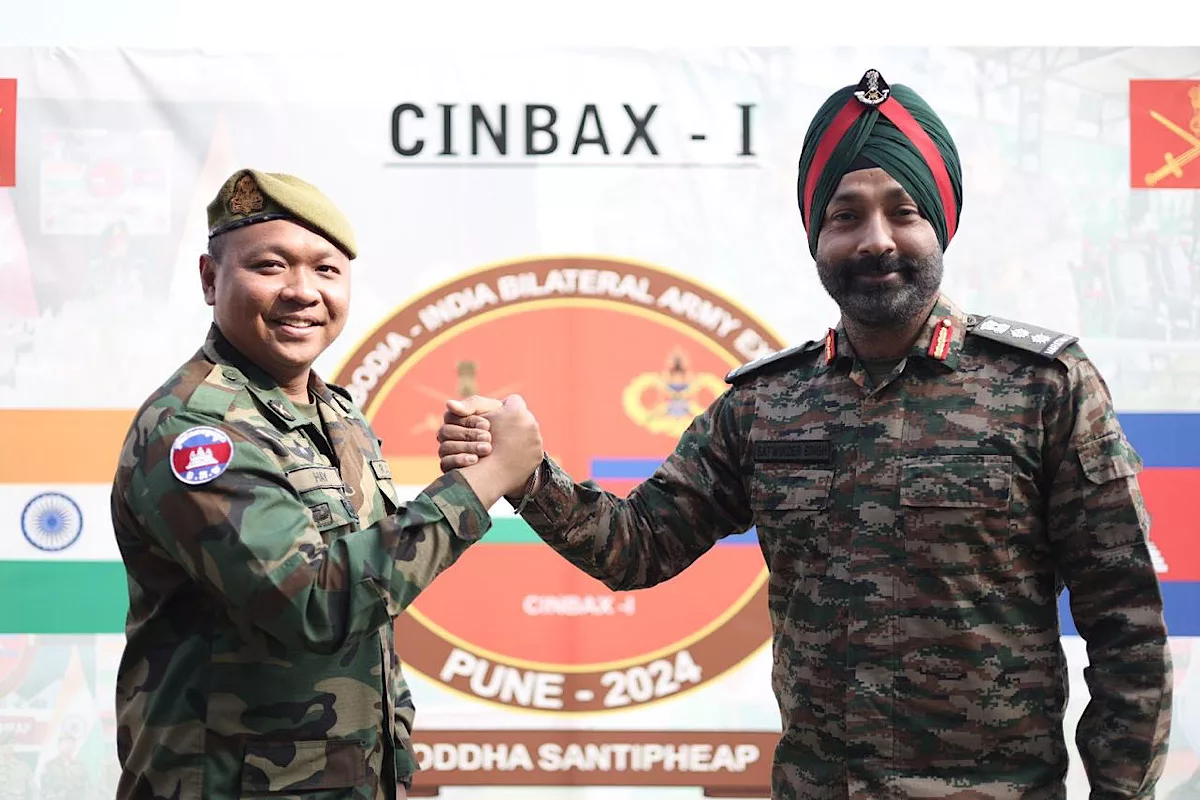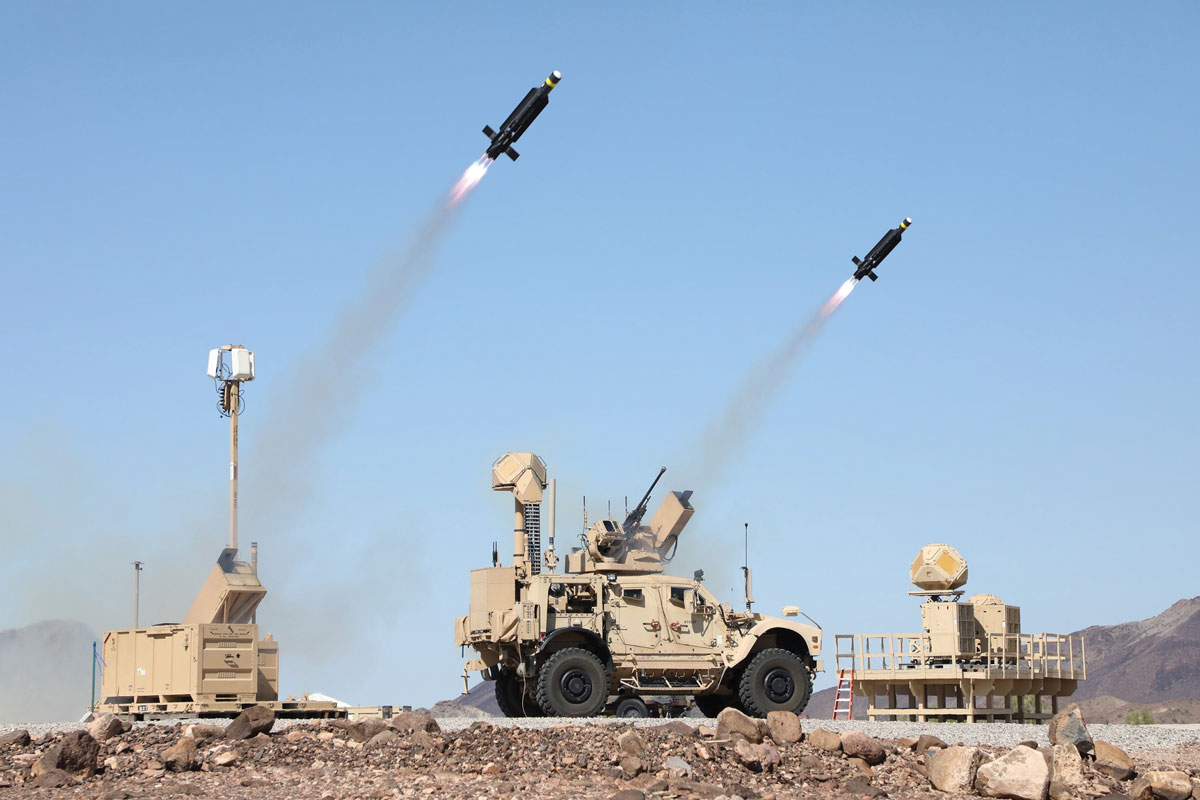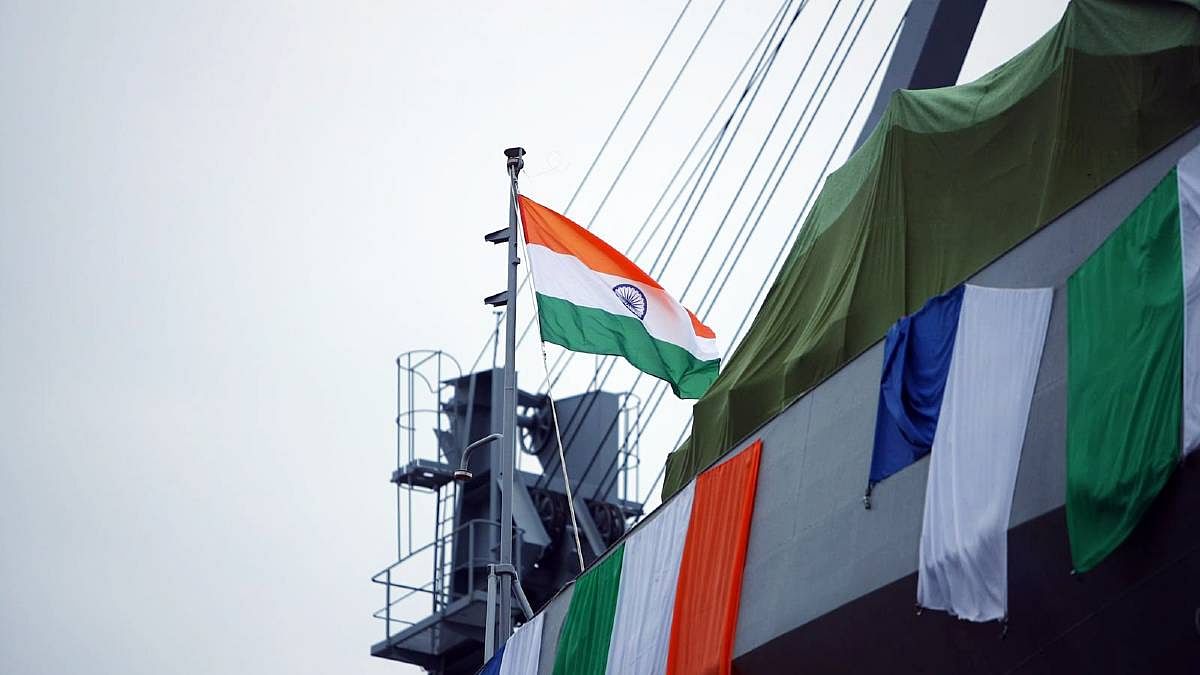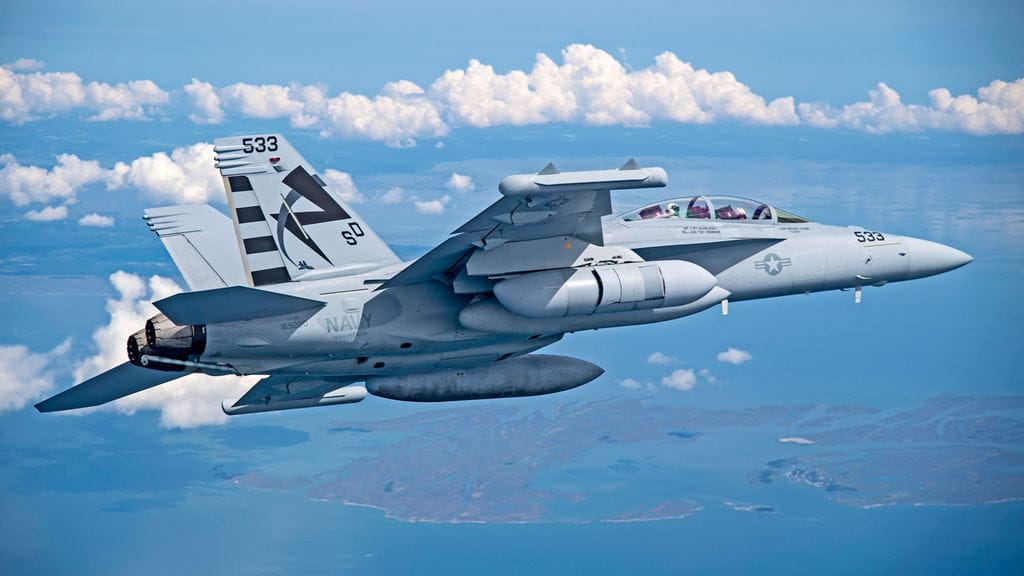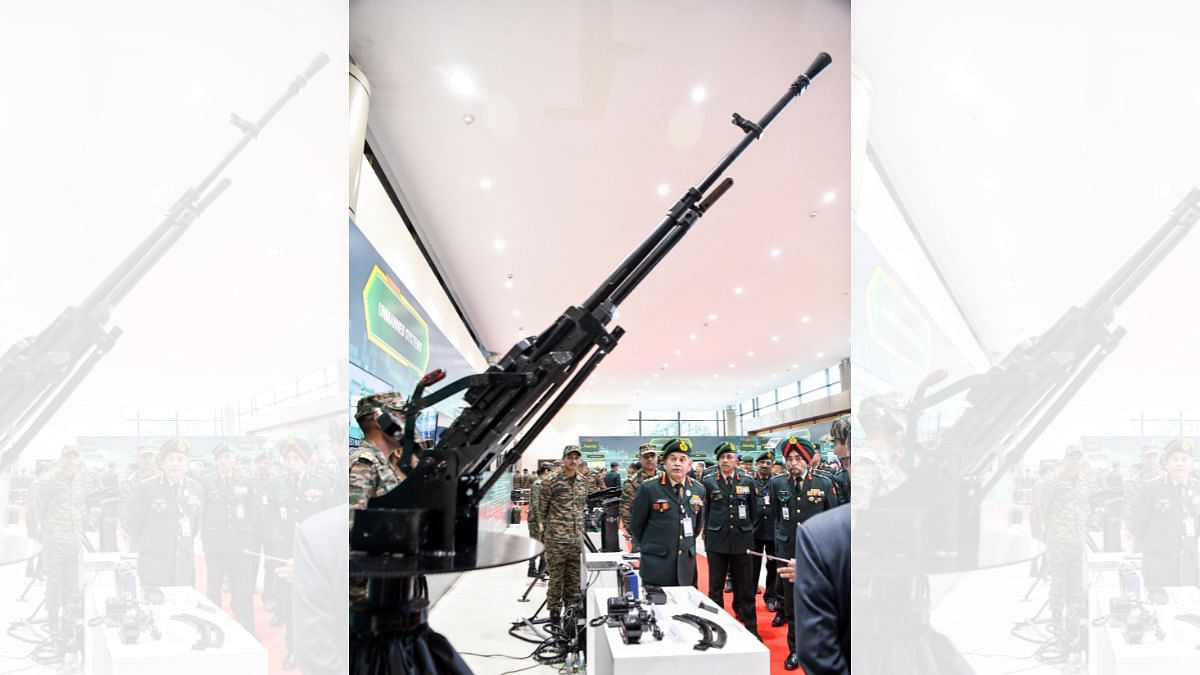CINBAX-I: Inaugural Cambodia-India Bilateral Army Exercise Concludes in Pune
The inaugural edition of the Cambodia-India Bilateral Army Exercise (CINBAX-I) concluded at the Foreign Training Node in Pune, marking a…
US Department of Defense Unveils New Strategy to Counter Growing Drone Threats to Military Facilities and Personnel
The US Department of Defense (DoD) has unveiled a comprehensive strategy designed to bolster the protection of military facilities and…
Lockheed Martin Secures $245 Million Contract Extension for MK 48 Torpedo Enhancements
Lockheed Martin has secured a significant contract extension worth $245 million from the US Naval Sea Systems Command, aimed at…
Indian Navy to Commission Stealth Frigate Tushil in Russia on December 9
The Indian Navy is preparing to induct the multi-role stealth guided missile frigate Tushil, which means 'shield' in Sanskrit, during…
US Navy Awards Raytheon $590 Million Contract for Next Generation Jammer System
The US Navy has made a significant investment in electronic warfare capabilities with the awarding of a $590-million contract to…
Indian Army Unveils 22 Innovations to Enhance Battlefield Capabilities
In a significant move towards enhancing its battlefield capabilities and promoting indigenisation, the Indian Army recently highlighted 22 innovative solutions…

